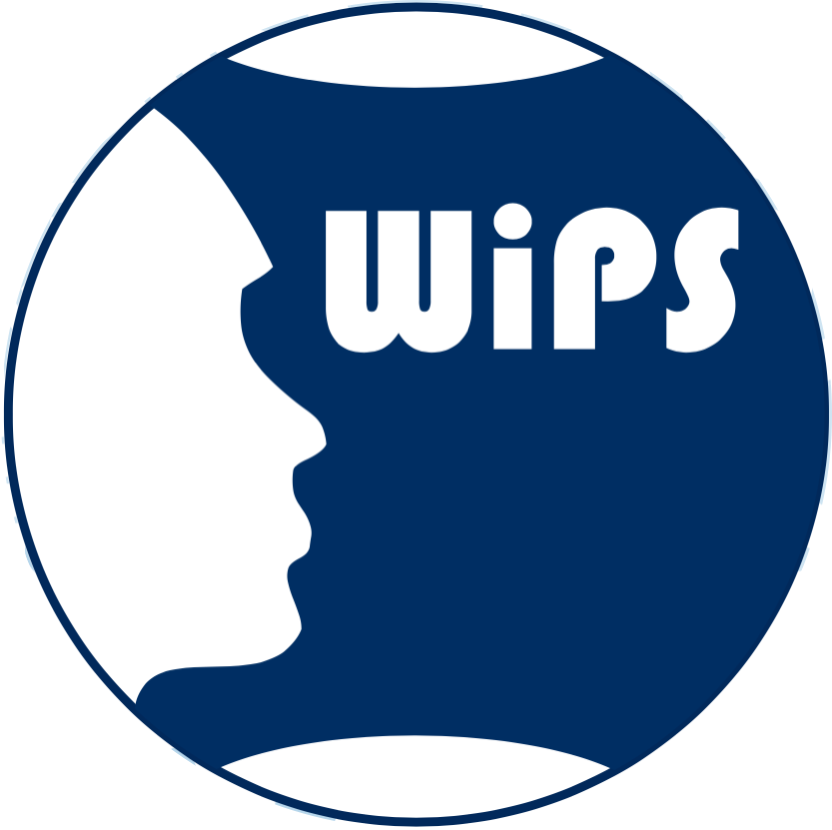Krystal Randall, PhD
Securing Antarctica’s Environmental Future (SAEF), University of Wollongong (Australia)

Krystal, in yellow-black polar parka and a black wollly hat, is in front of Adelie penguins on a rocky hill by Casey Station in the Australian Antarctic territory (East Antarctica).
What’s the work that you do?
My research focuses on ultra-fine scale microclimate variation in ice-free areas where moss beds grow. How do these microclimates drive patterns in community composition and health of Antarctic moss beds? How do they affect the surface energy balance? This data can be used to improve regional weather models in Antarctica as well as predictions of permafrost thaw rates. I’m part of a team developing new microclimate sensing technology capable of measuring these variables and transmitting that data back to me regularly through the year. We’ll be deploying the first prototype of this technology in the upcoming field season.
What keeps you going?
I want to understand the fine-scale drivers of biological change in Antarctica. The better we know why the unique Antarctic environment is changing and what tiny climate conditions allow vegetation to persist in tiny refuges, the better we can protect it. I’ve wanted to be an Antarctic scientist since I was about 7 years old. I’ve always felt a pull towards the Antarctic wilderness and the incredible life that can survive there. I’m lucky enough to be doing exactly what I’ve always been driven to do, and that is what keeps me going.
What’s your message to the world?
No matter how far away from Antarctica you live, Antarctica plays a part in your immediate environment. In the same way that our actions can affect the climate and impact Antarctica, changes in Antarctica can also affect us. We are all connected to Antarctica, and securing Antarctica’s future is one of the best ways of securing our own.
Organisation: Securing Antarctica’s Environmental Future (SAEF), University of Wollongong (Australia)
Nationality:
Australia
